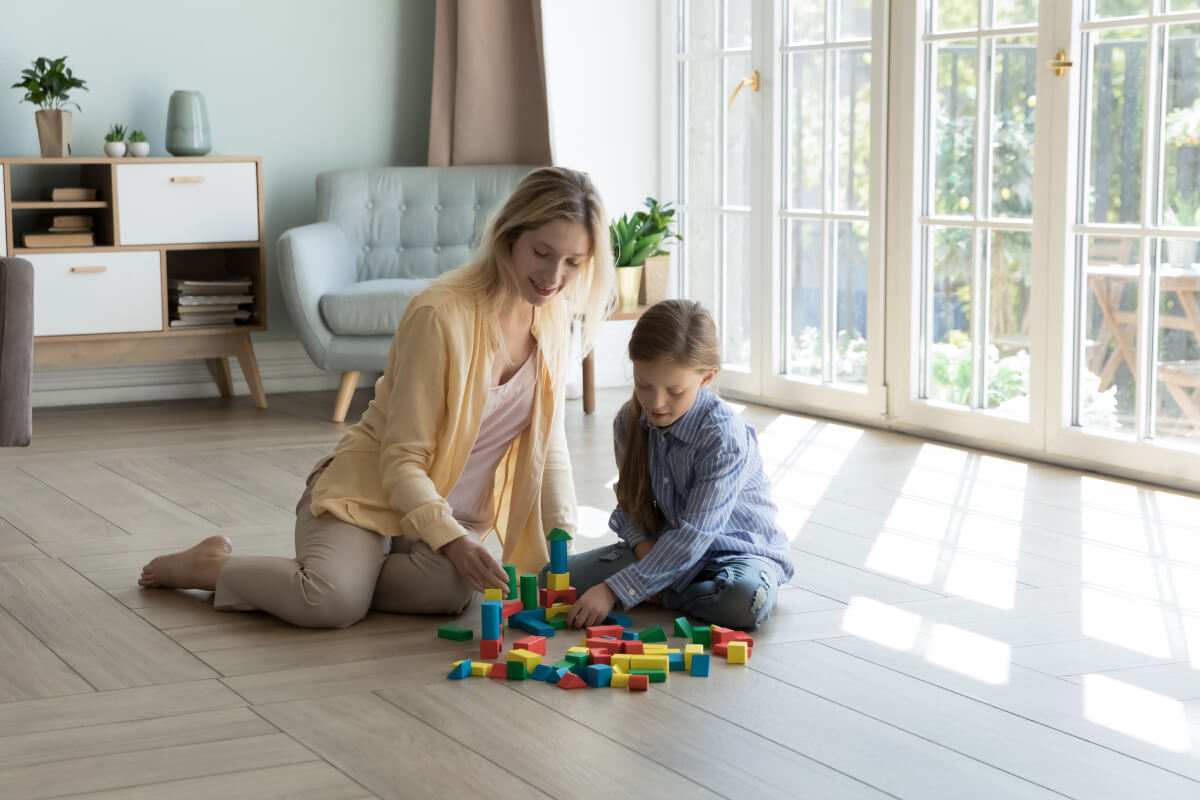Under Floor Heating
Underfloor heating systems involve laying loops of plastic pipes through which water is pumped to heat the home. The pipes are either located inside a concrete floor or within a floor screed with insulation underneath to minimise downward heat losses. The pipes are arranged in loops connected back to manifolds. A room can have one or more loops controlled by a thermostat.
Underfloor heating works with a reduced flow temperature and Home Comfort Retrofits will design your system to work with your energy efficient heat pump to achieve maximum efficiency and cost savings.

Underfloor Heating Design
Our team will provide a complete underfloor heating system design which is bespoke to your home. Underfloor heating can be used on both ground and upper floors or it can be combined with radiators. Our expert team will explain these options with you and discuss the costs and benefits with you so you can make an informed decision.
Underfloor heating may not always be the best choice for your home and the team at Home Comfort Retrofits will offer you their advice and guidance when making this decision. It is important to note that during a retrofit your original radiators can be retained in some cases or low temperature aluminium radiators can be used with or instead of underfloor heating. The design team will advise you of the best options to suit your needs.
About Underfloor Heating
- Underfloor heating will maintain a constant even temperature within your home making it an ideal choice for pairing with heat pumps. It typically eliminates cold spots as the heat is distributed around the entire room rather than just around the radiators.
- Underfloor heating means that you do not have to allocate wall space to radiators giving you more room layout options. It is therefore a more aesthetically pleasing result.
- Your choice of floor covering should be considered to maximise efficiency of your heating system as the highest heat output is achieved with tiles, stone or polished screed. Carpet, wood or engineered wood can reduce the heat output or may require higher flow temperatures. This is an important consideration at design stage.
- Underfloor heating systems are controlled by room thermostats, programmers or using smart heating controls. It is important to note that underfloor heating systems are do not respond as quickly as other heat emitters.
- Underfloor heating is seen as offering a comfortable heating solution with evenly distributed gentle heat. It also reduced any airborne pollutants and dust which benefits those with allergies or asthma while mould issues associated with moisture in the home are also diminished. There is no risk of burns or injury as you might have with a traditional radiator.
